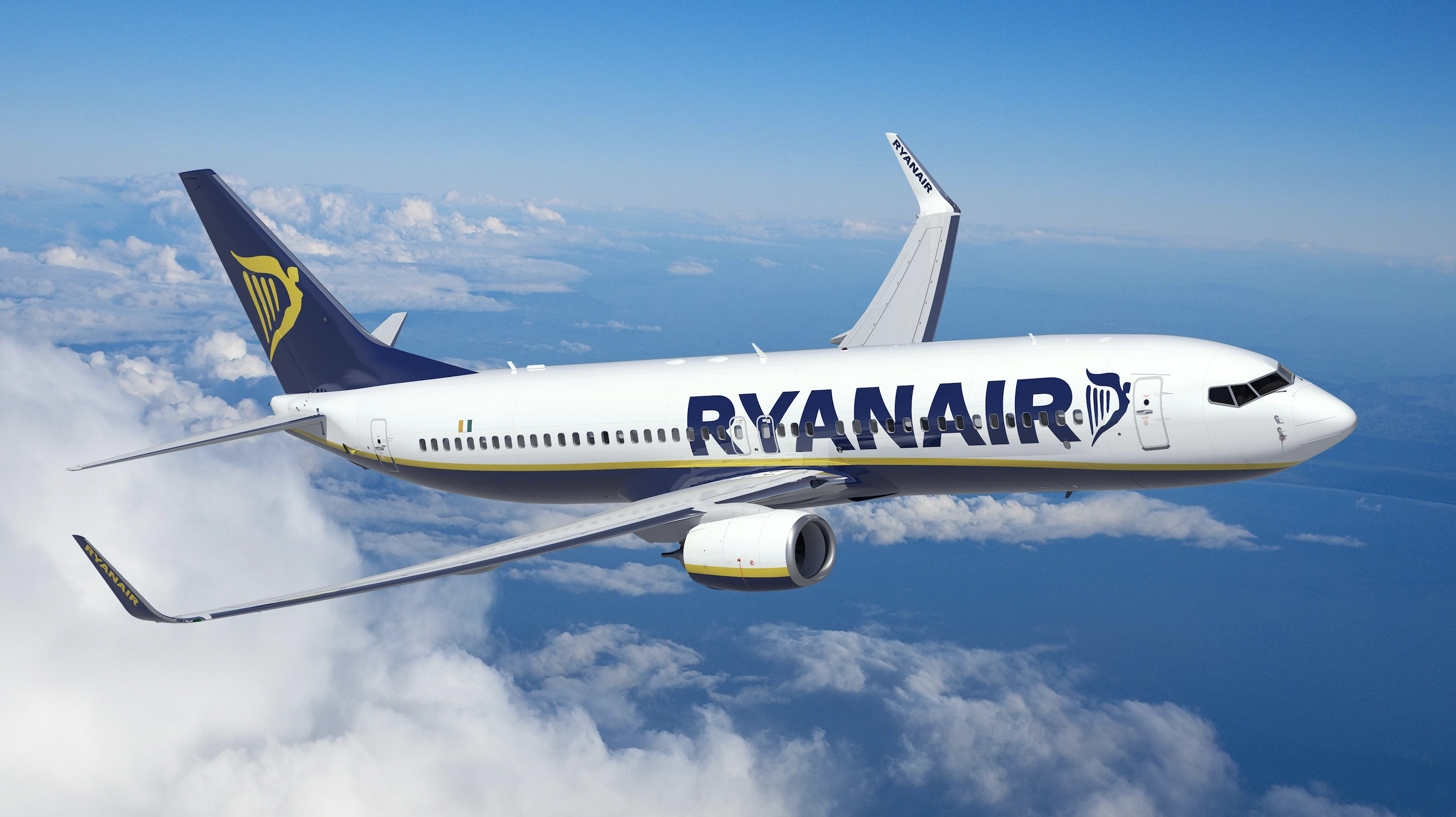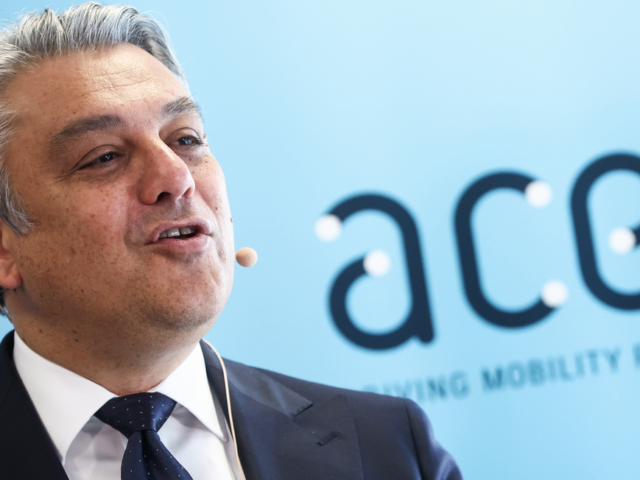
T&E: ‘Airlines barely pay for their CO2 emissions in Europe’

Irish low-cost carrier Ryanair is the biggest CO2 emitter among airlines in Europe for the third year in a row/Ryanair
Low-cost airlines pollute more than ever, the NGO Transport & Environment (T&E) denounces in a new report. All passenger flights tak


Comments
Ready to join the conversation?
You must be an active subscriber to leave a comment.
Subscribe Today